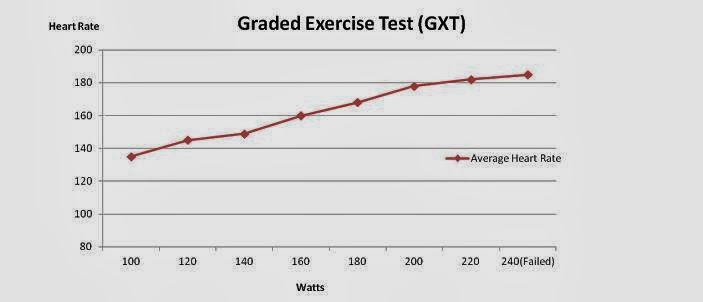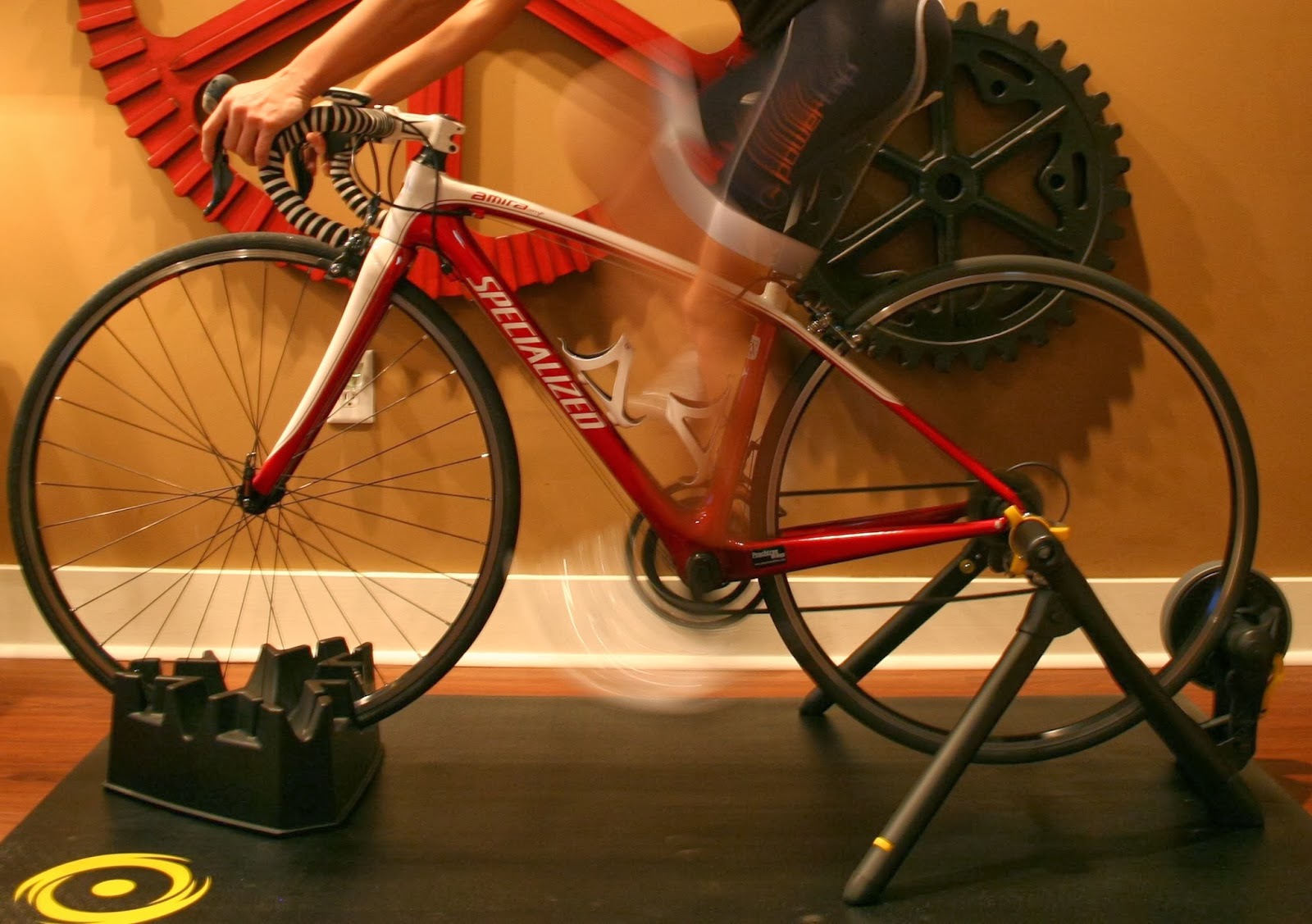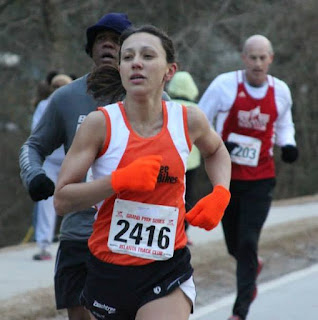Power Test using CycleOps and PowerTap

December 28, 2013 By coach Dave Williams The Graded Exercise Test (GXT) is a measure of cardiovascular fitness. It shows your body’s response to increasing workload. It can also identify lactate threshold wattage and heart rate. A plot of HR versus power shows the cardiovascular response to increasing workload. The lactate threshold is about 10-15% below the point where breathing becomes labored. The corresponding perceived exertion would be about 7 out of 10. An ideal improved training response would indicate each power step achieved at a lower heart rate and lactate threshold reached at a higher wattage with an increase in peak power achievement. Ideally the plotted line should shift down and to the left as fitness improves. [HR: Heart Rate; RPE:Rate of Perceived Exertion; Ventilations: E(easy), F(fast), H(hard), L(labored)] GXT Test: December 28, 2013 Lactate Threshold Heart Rate: LTHR 167 Lactate Thre...









